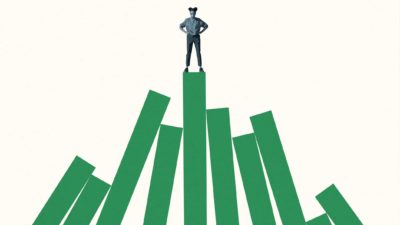Warren Buffett has long been an advocate of buying back his own stock rather than paying a dividend to shareholders. The reason why? He believes that he can invest the funds better than individual shareholders and, thus, compound their wealth quicker.
That is Buffett and predominantly US shareholders though. He has an amazing track record of allocating capital and creating outperformance for shareholders. Australian investors are much hungrier for and more used to dividends making up a significant portion of their share market investment returns versus their US counterparts.
The argument for dividends
What do Malta, New Zealand and Australia have in common? A full imputation credit system, i.e. franking credits. We are lucky enough to receive a tax credit for income taxes paid by the companies we own shares in. This is a significant benefit and under current law can even lead to a tax refund, depending upon your circumstances.
Dividends also allow investors the choice of where to invest their new capital. This can help with increasing diversification or improving investment returns by redeploying capital into your best idea at the time. Many companies offer dividend reinvestment plans (DRIP) giving you the option (without brokerage) to buy more of the company's shares, if that's your best idea.
Dividends are a great way to increase your cash flow. Many retirees hold a diversified portfolio of dividend-paying shares, the income of which they live off.
Another reason dividends may be preferred over buybacks is that management teams often mistime buybacks, buying at high share prices and conserving cash at depressed share prices.
Some great dividend shares include Jumbo Interactive Ltd (ASX: JIN) and Macquarie Group (ASX: MQG).
The arguments for buybacks
Buybacks reduce the number of outstanding shares on the market, meaning that all future earnings are greater on a per-share basis. Theoretically, investors should see greater share price appreciation if everything else was consistent.
Cash is a drag on your investment returns. The same can be said for companies. Buying back shares is a way of reducing cash drag and improving returns. A perfect example of this is Apple Inc. (NASDAQ: AAPL) which has a mountain of cash.
So why didn't Buffett buy Berkshire during the bear market?
When Berkshire Hathaway Inc. (NYSE: BRK.B) reported its March quarter activity, many investors were shocked to see that Warren Buffett had not put more of his massive cash pile to work. Buffett didn't make any meaningful buys, including buying back Berkshire's own stock. This is despite Berkshire trading at a price-to-book value below Buffett's previously touted buy zone of 1.2 times.
A couple of potential reasons for Buffett not buying back more of his own shares are:
- Berkshire's investment portfolio includes a number of wholly-owned businesses, as well as a number of consumer-facing share investments. Buffett has more information about these businesses than anyone else. This would suggest he knows the true economic impacts on these businesses and thinks that the share price is out of line with the business fundamentals.
- The buy-back program is at the full discretion of Buffett and Munger, vice chairman of Berkshire. A price-to-book valuation isn't ideal and so in recent times, they have looked more to earnings multiples to value Berkshire.
Foolish bottom line
Both buybacks and dividends can be great for investors when implemented well by management. ASX investors should buy shares in companies with great management teams.








